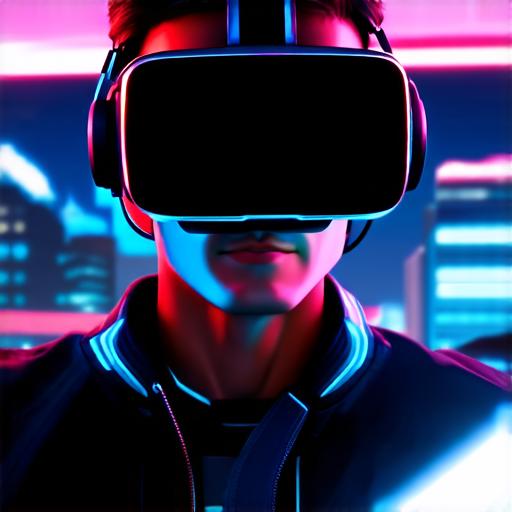
When will virtual reality become accessible?
The Future of Virtual Reality

Virtual reality technology has come a long way since its inception. The cost of VR devices such as headsets and computers has significantly decreased, making it more affordable for consumers. Additionally, advancements in wireless technology and the development of more powerful processors have made it possible to create more immersive and interactive experiences.
One of the key drivers of the future of virtual reality is the growing demand for more personalized and engaging experiences. Consumers are looking for ways to escape from the monotony of daily life and immerse themselves in new and exciting worlds. VR provides an ideal platform for achieving this, as it allows users to create their own immersive environments and interact with digital content in a way that was previously impossible.
Virtual Reality in Education
Virtual reality has already found applications in education, allowing students to learn in new and exciting ways. For example, VR can be used to simulate real-world scenarios such as surgery, driving, and engineering design, providing hands-on experience without the risk of injury or damage. In addition, VR can be used to create virtual field trips, allowing students to explore different parts of the world without leaving the classroom.
Virtual Reality in Healthcare
Virtual reality has also found applications in healthcare, particularly in the areas of therapy and rehabilitation. For example, VR can be used to simulate real-life situations that trigger anxiety or phobias, allowing patients to confront and overcome their fears in a safe and controlled environment. In addition, VR can be used to provide physical therapy to patients with limited mobility, by creating virtual environments that mimic real-world movements and challenges.
Virtual Reality in Entertainment
The entertainment industry is one of the most significant drivers of virtual reality adoption. VR has already found applications in gaming, allowing players to experience immersive and interactive gameplay like never before. In addition, VR can be used to create virtual concerts and events, providing fans with a unique and memorable experience.
Virtual Reality in Retail
Virtual reality is also changing the way we shop. By creating virtual storefronts and product displays, retailers can provide customers with a more immersive and engaging shopping experience. This has already been adopted by some major retailers such as IKEA, which allows customers to visualize furniture in their own homes before making a purchase.
The Future of Virtual Reality
is Here
Virtual reality technology has come a long way and is rapidly becoming more accessible to the general public. With advancements in wireless technology, the cost of VR devices is expected to continue decreasing, making it more affordable for consumers. Additionally, the growing demand for personalized and engaging experiences will drive innovation in virtual reality technology, creating new and exciting applications that will further enhance our lives.
In conclusion, virtual reality is already changing the way we experience and interact with digital content, and its adoption is only expected to grow in the coming years. Whether it’s in education, healthcare, entertainment, or retail, virtual reality has the potential to revolutionize the way we live our lives. As technology continues to advance, we can expect virtual reality to become even more accessible and affordable, providing endless opportunities for exploration and discovery.


